How ERP Data Breeds Better Business Decision Making
A word of advice: Don’t make business decisions with your gut—unless you’re ordering lunch.
ERP software gives small businesses the tools they need to base their business decisions not on instinct, but on insight. With its countless data points, analytics and forecasting tools, the data revolution is officially upon us, and it’s changing the way we run our businesses.
At the same time, though, all that data from disparate systems can get overwhelming in a hurry, making it difficult for SMBs to accurately identify, evaluate and leverage the most critical information. Which ERP functions are most crucial to your decision-making process, and ultimately the success of your organization?
If businesses prioritize the following ERP data points to determine and address their mission-critical objectives, they will be better equipped to make informed decisions and achieve their business goals.
Here’s what we’ll cover:
Track Supply Levels With Inventory Data
Measure Customer Demand With CRM Data
Gauge Revenue Generation Trends With Accounting Data
Improve Job Scheduling Efficiency With Manufacturing Planning Data
Bolster Workforce Productivity With Human Resources Data
Next Steps: Better Decision Making Starts Now
Track Supply Levels With Inventory Data
Small manufacturers should leverage their ERP’s inventory management capabilities to increase or decrease supply, thereby minimizing the risk of a shortage or surplus of the product. By tracking inventory levels across all warehouse locations, business owners can make informed decisions about when and where to increase their stock.
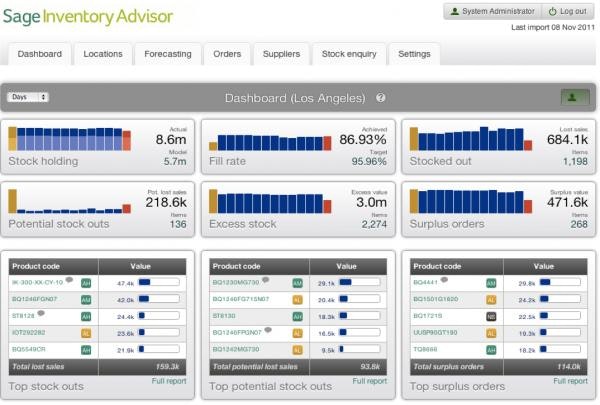
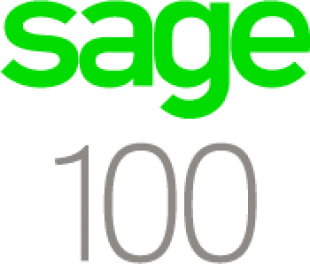
Sage 100 Inventory Advisor dashboard (Source)
For instance, if a warehouse is overstocked, said decision-maker can identify optimal reductions in inventory while still guaranteeing a product’s availability. And because ERP software’s robust reporting power far exceeds the slow, Excel-based methods of yesteryear, businesses can optimize inventory levels with greater frequency and adjust their supply strategies on the fly.
Measure Customer Demand With CRM Data
With CRM data, business owners get a comprehensive overview of the current, past and future demand for their products. Most CRM modules within an ERP offer the ability to illustrate market trends based on variables such as seasonality, region or product type.
This is especially useful when determining whether to increase or decrease production levels, or adding or subtracting resources to account for a change in demand.
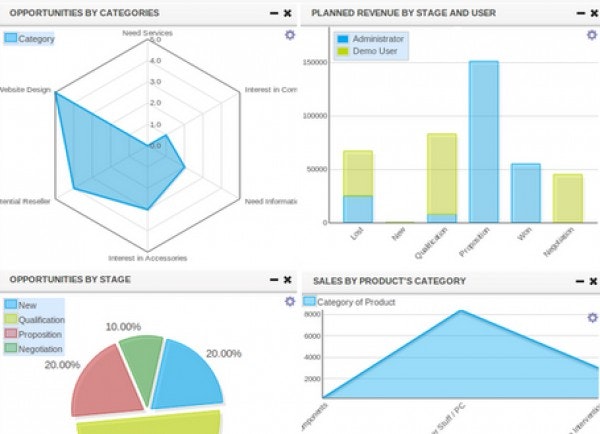

By analyzing what has been ordered, who’s ordering it, how much they’re buying and when they’re buying it, business owners can more accurately forecast future sales data based on historical precedent. It’s as close to precognition as a business can get.
Gauge Revenue Generation Trends With Accounting Data
As the foundation of ERP software, accounting modules not only keep exhaustive records of every nickel and dime a business earns or spends, they also measure the impact it has companywide.
ERP’s thorough financial reporting capability provides small business owners with a point-by-point analysis of their company’s financial health, allowing them to visualize trends and identify opportunities for cost savings or budget increases.
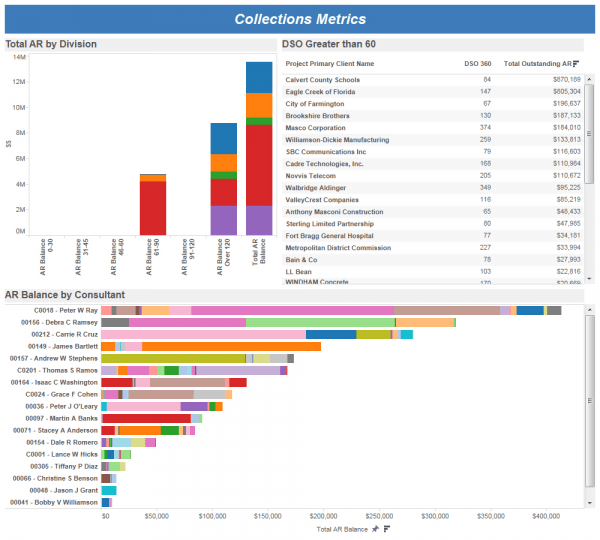

Deltek Vision financial management metrics (Source)
Furthermore, a business owner can see how a hypothetical price change would impact sales, production levels, labor requirements—virtually any integrated business process within an ERP system.
By minimizing the guesswork involved in critical decisions, ERP accounting data equips business owners with the foresight to anticipate, with precision, the effect it will have on their bottom line.
Improve Job Scheduling Efficiency With Manufacturing Planning Data
Job scheduling is the engine of any successful manufacturing business, requiring careful planning and resourcefulness to keep daily operations running smoothly. Between the acquisition of materials, labor cost estimates and various workflow schematics, an abundance of factors could determine the success or failure of the most critical manufacturing initiatives.
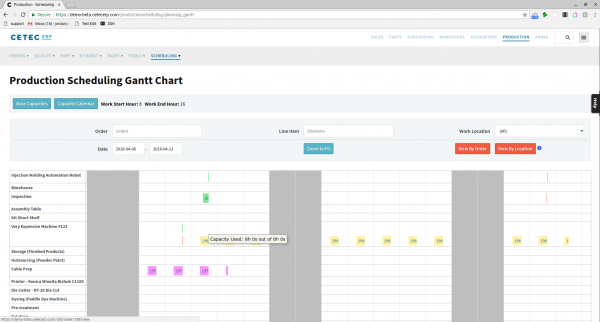

Cetec ERP manufacturing data (Source)
Through an ERP’s manufacturing planning data, users can access any and all information related to the materials, labor and equipment required to carry out a given task. They can then leverage these insights to adjust essential production components like workflow routing and resource management, keeping the manufacturing process humming along with maximum efficiency.
Bolster Workforce Productivity With Human Resources Data
ERP software’s HR component is rich with actionable workforce data. Small business owners can take advantage by prioritizing HR data points such as overtime hours for employees, benefits management and professional development initiatives. These insights empower decision-makers to identify areas for improvement, whether it’s adding new hires to meet consumer demand or increasing employee morale.
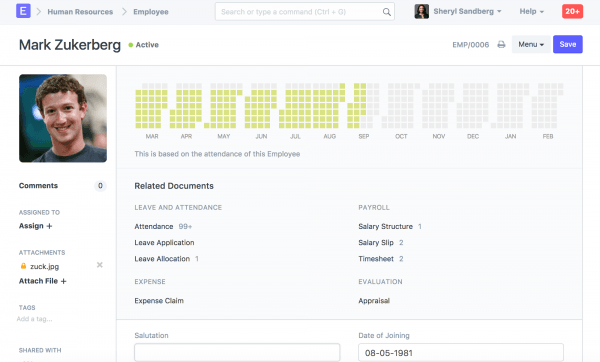

ERPNext employee profile (Source)
Furthermore, ERP systems integrate this data across all business processes. Updates to the HR component are instantly reflected in an ERP’s financial, project management and CRM modules, allowing business owners to see the cross-company impact of workforce-related decisions in real time.
Next Steps: Better Decision Making Starts Now
It’s one thing to know what data to track, but making sound business decisions is a different animal altogether. Here’s what you can do right now to better inform your decision-making process:
Dissect your data with a scalpel (metaphorically speaking)
Once you have the metrics you need, start by identifying the most discernible patterns and trends, but don’t stop there. Customize your reports to make the data as transparent as possible, mixing and matching methodologies and visualizations to provide the most comprehensive overview possible.
Some trends can only be revealed through a line graph, while others are more visible in a pie chart. The more places you look, the more you’ll find.
Let the data inform your decisions, not confirm them
If you start with preconceptions about what you want to find, you can manipulate almost any piece of data can support your agenda. But allowing your assumptions to influence your decision making will put your business on the fast track to failure.
Instead, analyze your ERP data with an open mind and evaluate all the information at your disposal before jumping to conclusions. If you have a hypothesis, test it—just don’t call it quits once you find what you’re looking for.
Stay on top of industry news and trends
The software market is constantly evolving, with new technologies and capabilities sprouting up with regularity. Informed decision making goes beyond your ERP system; knowing the full extent of your software’s capabilities is vital to the success of your business. Our Resources page is a great place to start.